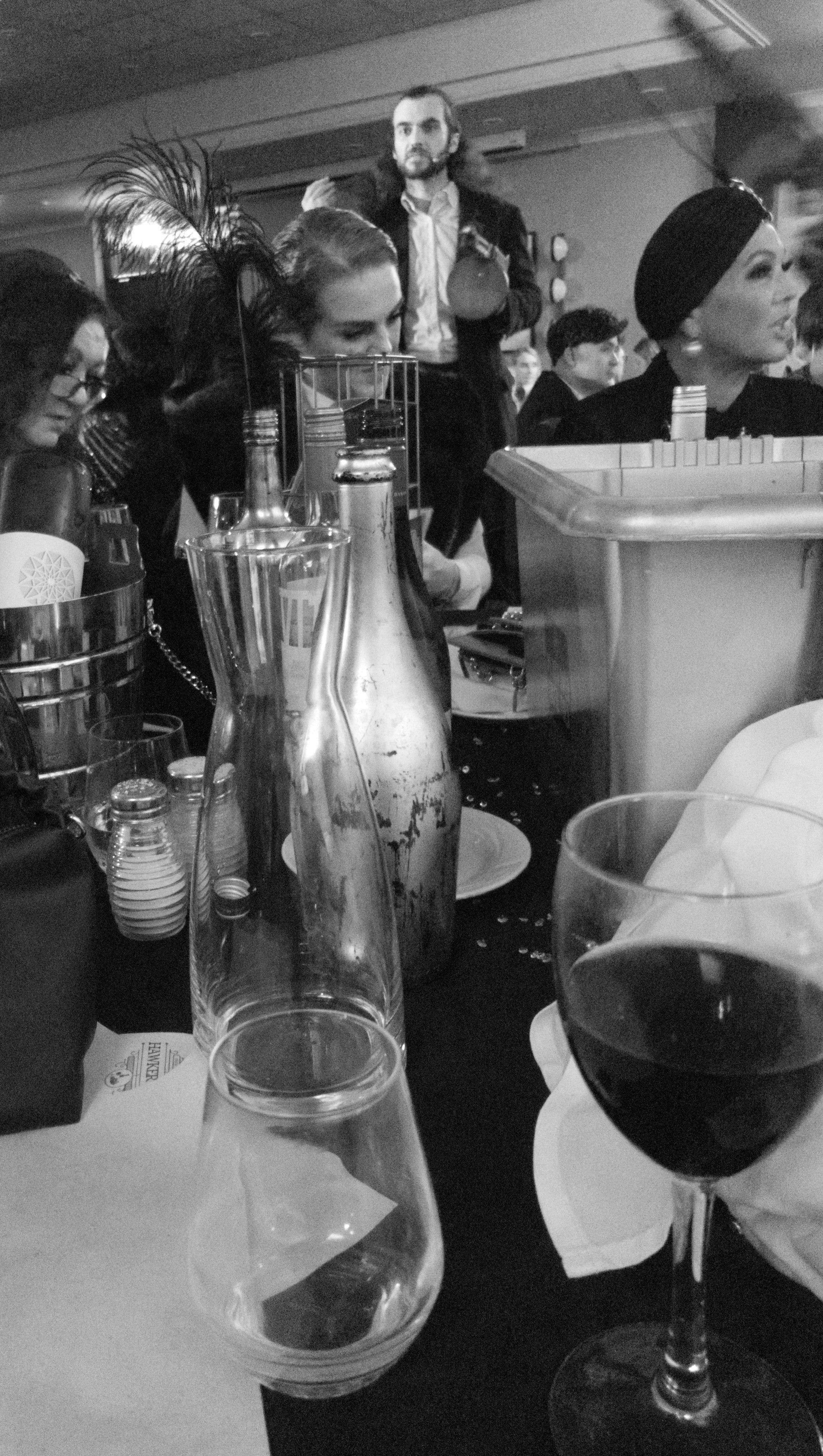It’s grim oop North. But not so much, if you have a well-paying job and own a house in a good area that you bought for a song. Knowing this, I was not surprised when Cherry Tree Productions successfully filled a ballroom at the upmarket Leeds Hilton Hotel for a glamorous theatrical event that was £80 quid a head.
Escape room challenges have exploded in popularity in recent years. For participants, it’s like being in a real-life video game, as players solve puzzles and accomplish tasks in order to attain the next stage or level towards freedom. Sometimes the escape is literal — there’s a game at the Dana, a soul-crushing former prison in Shrewsbury, North West England, where you can don a bright orange jumpsuit and scheme your way out of a real cell.
But more often, the escape is metaphorical; an immersive experience that involves team-work and challenges against the clock. They are immensely popular. One industry source estimates that in 2019 there were as many as…



